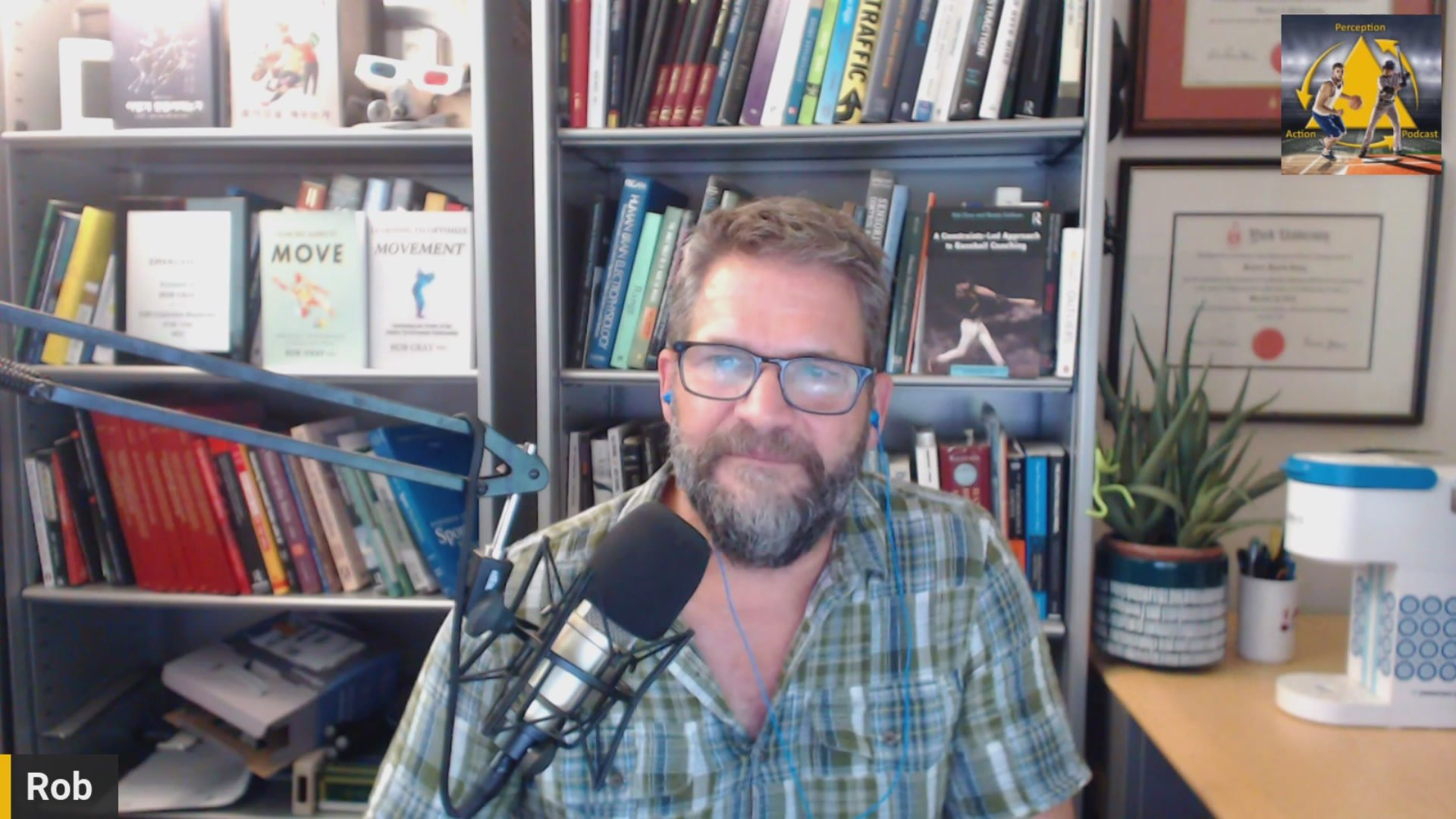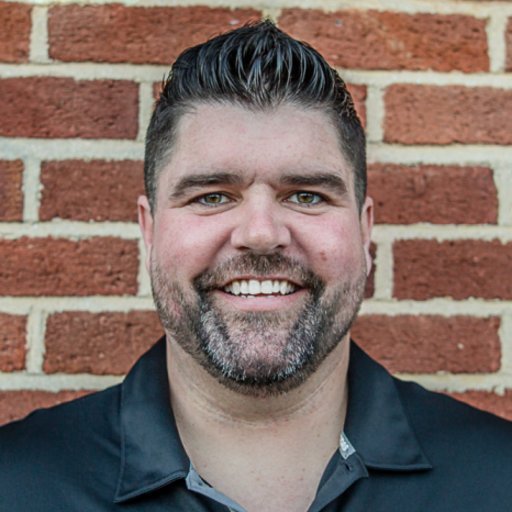
Nonlinear Pedagogy
Why nonlinear?
This is an important aspect when looking to improve movement. We learn many things in a logical way, which is very appealing to the mind. The mind likes information and linear, however singing isn’t a function of the mind (we hope - too many singers become bound to the mind and then they complain they were ‘in their heads’ onstage. The body doesn’t learn in the same way. It learns through experiences. Watch this 7 minute clip from a presentation I gave in the spring that unpacks the differences between linear and nonlinear pedagogy and includes supporting research, some of which was conducting within a singing context, though as you work your way down this page you’ll notice most of this work is in the sports world - let’s help voice folx get up to speed with other movement-based disciplines!.
The 7 principles that I unpack in this clip are inspired by this blog.
Meet Rob Gray…
Rob Gray and The Perception-Action Podcast is an amazing resource for nonlinear pedagogy of many sorts, in particular the Constraints-Led Approach where instead of telling someone what to do or how to do something, you create an experience where they will discover it themselves. I highly recommend listening to episode 87.
Here’s an overview by Gray that also includes ecological dynamics.
Meet Nick Winkelman…
Nick Winkleman will blow your mind. The clarity he brings to this paradigm shift will give you food for thought for the rest of your days - every page of his book, “The Language of Coaching” is an inspiration and every podcast I’ve heard him speak on has my jaw on the ground constantly. Each is amazing. Here is a list of them from his website - you can’t go wrong.
Meet Gregory & Nora Bateson…
The interrelatedness of everything is a major part of a nonlinear approach. Knowing that the vocal folds aren’t separated from the vocal tract, which isn’t separated from the respiratory system, which is connected through the pelvic floor, legs, feet, ground, the room you occupy, the audience within that room, and so on and so on is crucial to an integrated approach to voice and ensuring that all practice elements funnel into performance elements that co-arise effortlessly when you need them. Gregory Bateson and his daughter Nora will help you see this far better than any words can. I highly recommend spending an hour watching the documentary below.
I also highly recommend Nora’s new book, ‘Combining.’ It is more than a beautiful book, it is a beautiful experience.
Meet Moshe Feldenkrais…
I hope you know this name already, but if you don’t I’m thrilled to have introduced you to this genius who created a method for self-optimization that provides the blueprint for all of the above. Watch this short clip where he tells a beautiful story about perspectives, expectations, and expansion.
One of Feldenkrais’ students (and one of my teachers) is David Zemach-Bersin who unpacks how the nervous system learns through discerning differences. He also provides an introduction to the method.
Sometimes a Feldenkrais lesson feels like magic. Without trying you improve. There’s actually some research comparing the results on hamstring length between a group who did some traditional passive stretches and a group that did a Feldenkrais “Awareness Through Movement” lesson. The results of the Feldenkrais group surpassed the traditional group by approximately 6x! You can read that research here.
Let’s not forget about the power of play!
This is probably the most important aspect of learning. Not that it should be fun - that’s a part of it - but that play is an emergent state, meaning new possibilities spontaneously show up when we play. That’s why singing in the shower and the car can be the best places to practice and why they yield the best results!





